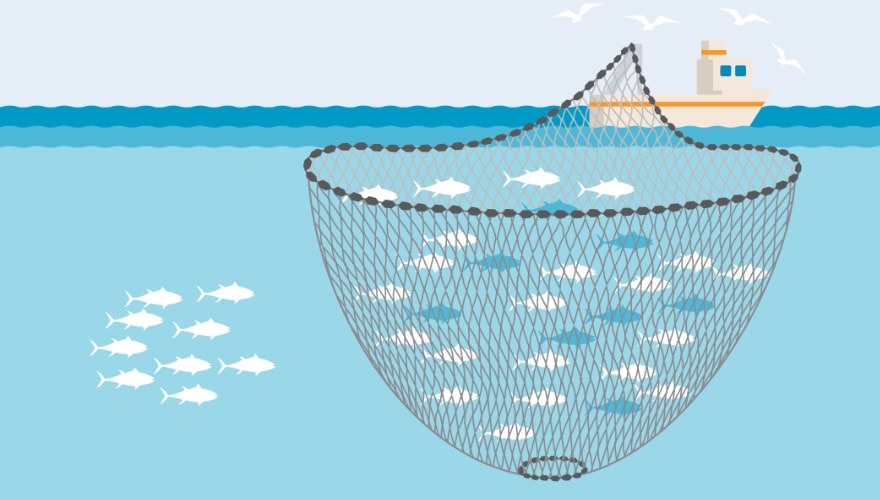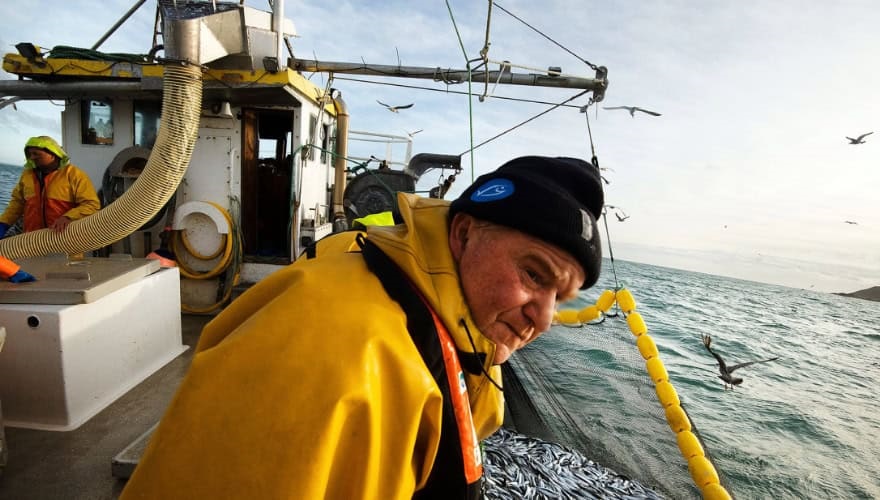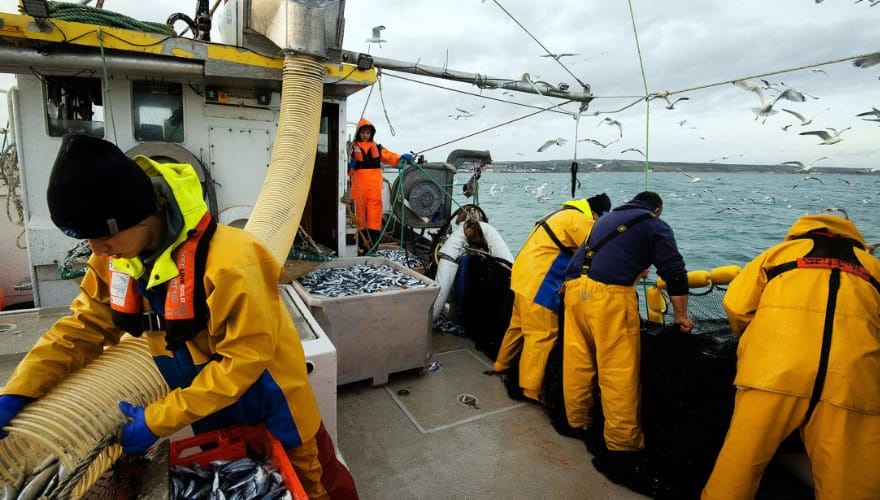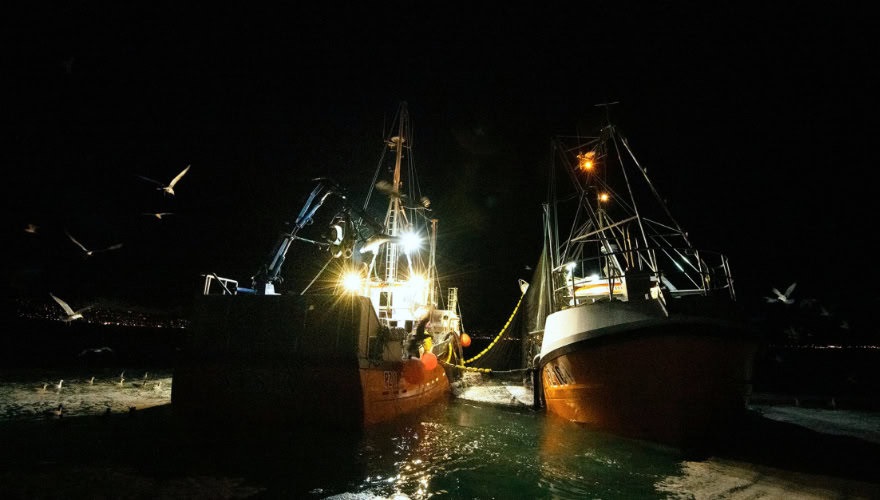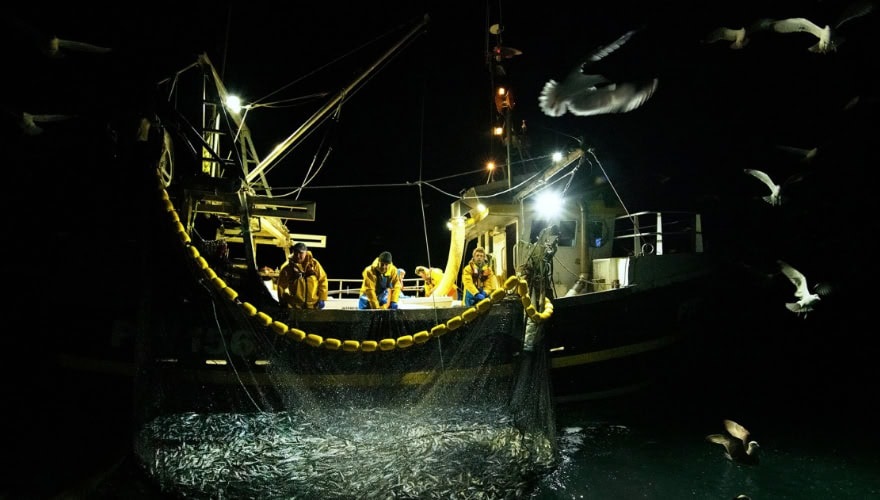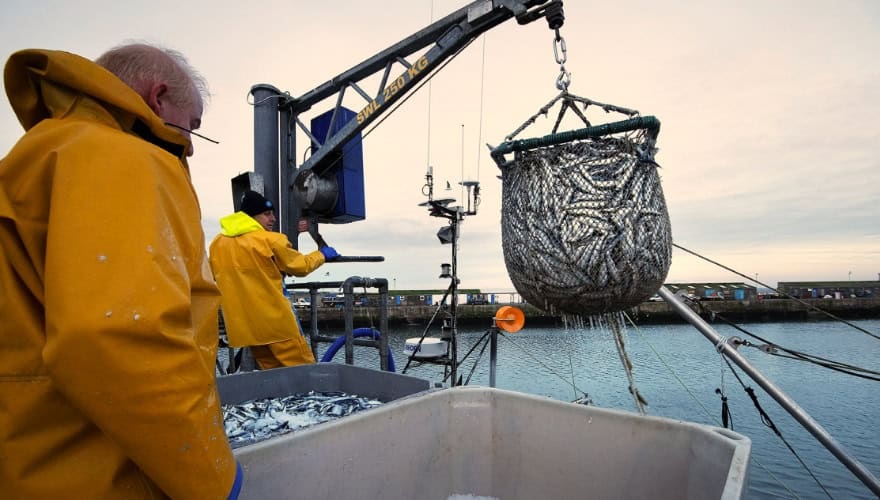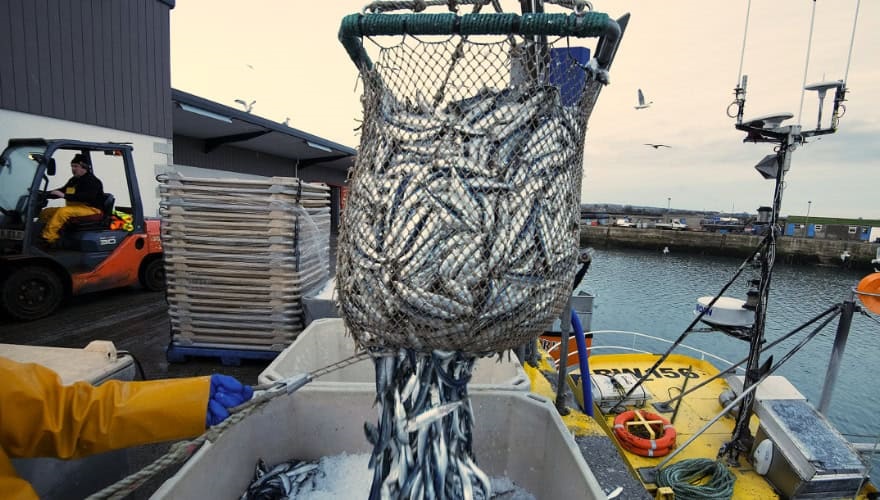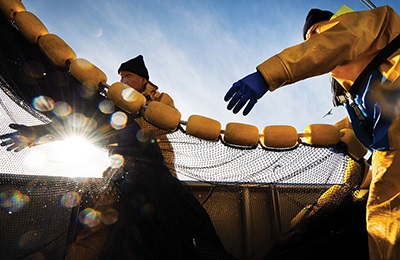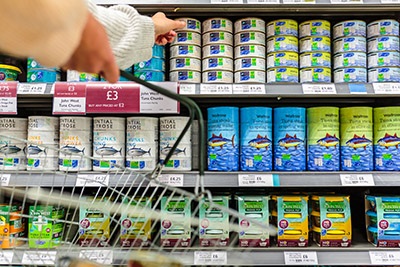The Cornish sardine fishery consists of around 15 small boats -- usually operated by a skipper and two crew -- catching sardines with purse seine nets. The fishing season usually begins in July with the arrival of the sardines in Cornish waters and lasts until January.
Vessels put to sea from Newlyn, Mevagissey and Plymouth and fish traditional grounds within six nautical miles of land. Once caught, the sardines are put on ice to optimise freshness and quality and sold to fish processors or merchants either at a fish market or directly from the vessel.
The fishery is run by the Cornish Sardine Management Association, a partnership between the vessel owners and four local seafood processors. The members collectively catch and process almost all of the sardines caught in the area.
With support from British retailer Marks & Spencer and industry body Seafish, the fishery underwent a trial assessment in 2008 under the MSC’s Risk-Based Framework, an initiative to help data-limited fisheries to achieve MSC certification. Certification was subsequently awarded in 2010, and recertification followed in 2017. Find out more about the positive outcomes of certification in the MSC Making Waves report.
Certification has been particularly important for gaining and maintaining access to UK and overseas markets, as detailed in a 2020 study commissioned by the MSC and produced by NEF Consulting. And while the fishers themselves are yet to enjoy a price premium for fishing sustainably, demand for their sardines is increasing, not only in the UK and EU, but also in places as far afield as Japan and China, where they are considered a delicacy.
Find out more about the benefits experienced by the fishery and fishers here.
How to catch sardines
The fishery uses purse seines. Purse seines are used in the open ocean to target dense schools of single-species pelagic (midwater) fish like sardines. Purse-seine fishing is generally considered to be an efficient form of fishing. It has no contact with the seabed and can have low levels of bycatch. Find out more here.
